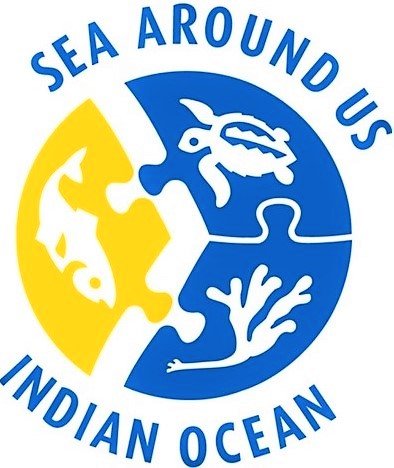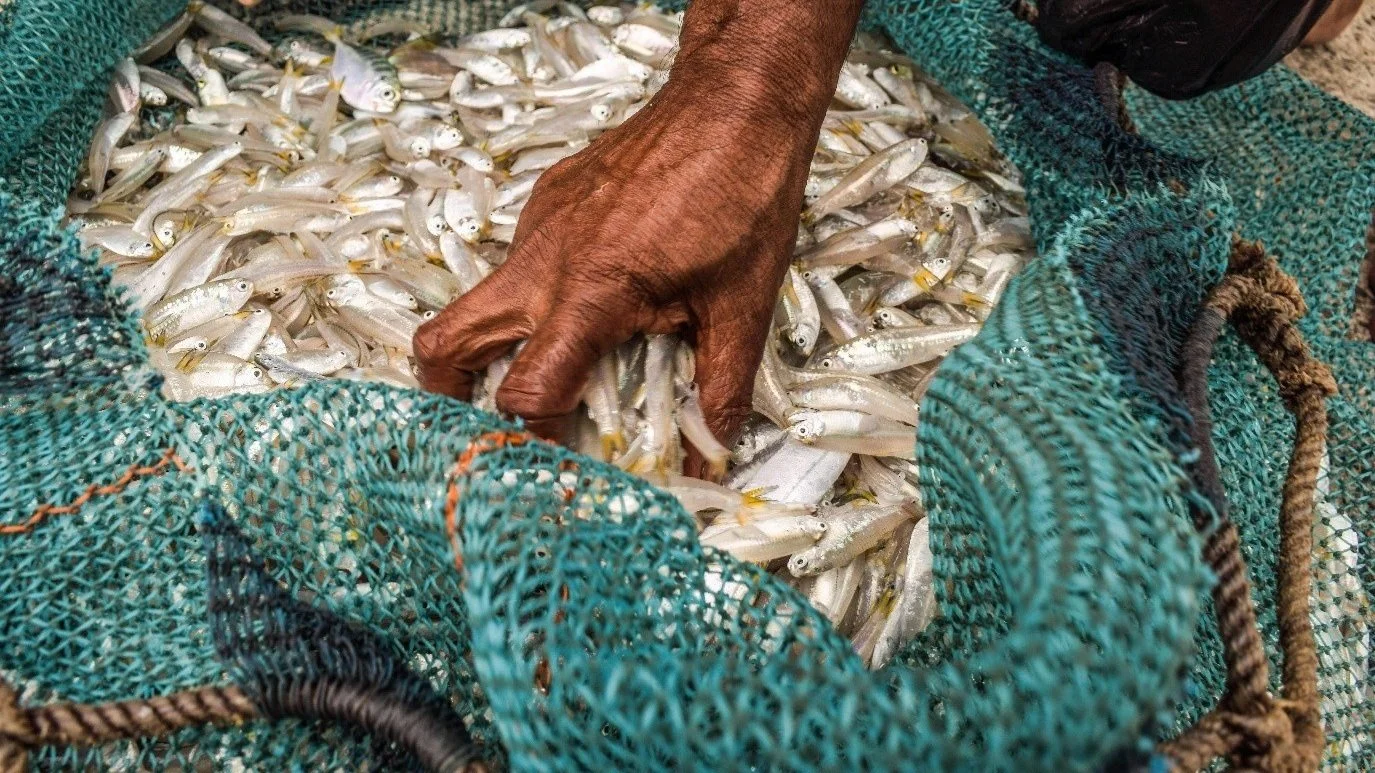Indian Ocean fisheries play an outsized role for nutritional security
Photo by Krishnendu Biswas (Pexel)
A new study published in the international journal Fish and Fisheries has revealed the outsized role that Indian Ocean fisheries play in feeding the world and supporting nutritional security.
The most recent study from the Sea Around Us – Indian Ocean, led by Vania Andreoli in collaboration with colleagues from the University of Western Australia, the Harvard University T.H. Chan School of Public Health and the University of British Columbia, found that seafood caught in the Indian Ocean provides 12% of all global wild-caught seafood, nearly 30% of all calcium from seafood worldwide, almost 20% of vitamin A, 15% of iron, and 13% of vitamin B12.
These nutrients are essential for the health of over 800 million people living in the Indian Ocean region. “Our study highlights just how critical the Indian Ocean is—not just for food, but for the nutrients that keep millions healthy,” said lead author Vania Andreoli.
The study also uncovered that some small fish, like anchovies, play an outsized role in nutrition. Although anchovies make up only about 2.5% of the total catch by weight, they deliver over 20% of the Indian Ocean’s micronutrient supply. Anchovies are rich in healthy omega-3 fatty acids, are affordable, and are more resilient to overfishing and climate change than larger, more expensive fish such as tuna.
Study co-author Jessica Zamborain-Mason, Postdoctoral Research Fellow at the Harvard University T.H. Chan School of Public Health explained: “Anchovies, herring, mackerel, and sardines are all excellent sources of protein, micronutrients like iron, zinc, vitamin B12, and calcium, and heart-healthy omega-3 fatty acids.”
In contrast, species like tuna and squid are less nutrient-dense, more costly, and more vulnerable to environmental pressures. Tuna and squid are also the main targets for large foreign fishing fleets that operate in the Indian Ocean but are from outside the region.
These fleets capture only about 2% of the Indian Ocean’s total micronutrient supply, although tuna are richer in certain nutrients such as selenium. Tuna have higher economic value and are more vulnerable to overfishing and climate change. This means that large foreign fishing fleets place additional pressures on already at-risk populations while exporting economic and nutritional benefits out of the region, thereby limiting opportunities for local communities.
“Managing fisheries isn’t only about the tonnes we catch or their market price,” said Professor Dirk Zeller, leader of the Sea Around Us – Indian Ocean and co-author of the study. “It’s about making sure the right fish reach the people who need them most, while keeping the ocean healthy for generations to come.”
The study offers crucial insights for policymakers and conservationists seeking to balance nutrition, economics and sustainability in one of the world’s most important oceans.
vania.andreoli@research.uwa.edu.au , dirk.zeller@uwa.edu.au
School of Biological Sciences
University of Western Australia
See: Andreoli V, Meeuwig JJ, Golden CD, Zamborain-Mason J, Elsler LG, Palomares MLD and Zeller D (2025) Quantifying the nutritional and socio-ecological dimensions of Indian Ocean fisheries. Fish and Fisheries. https://doi.org/10.1111/faf.70008

